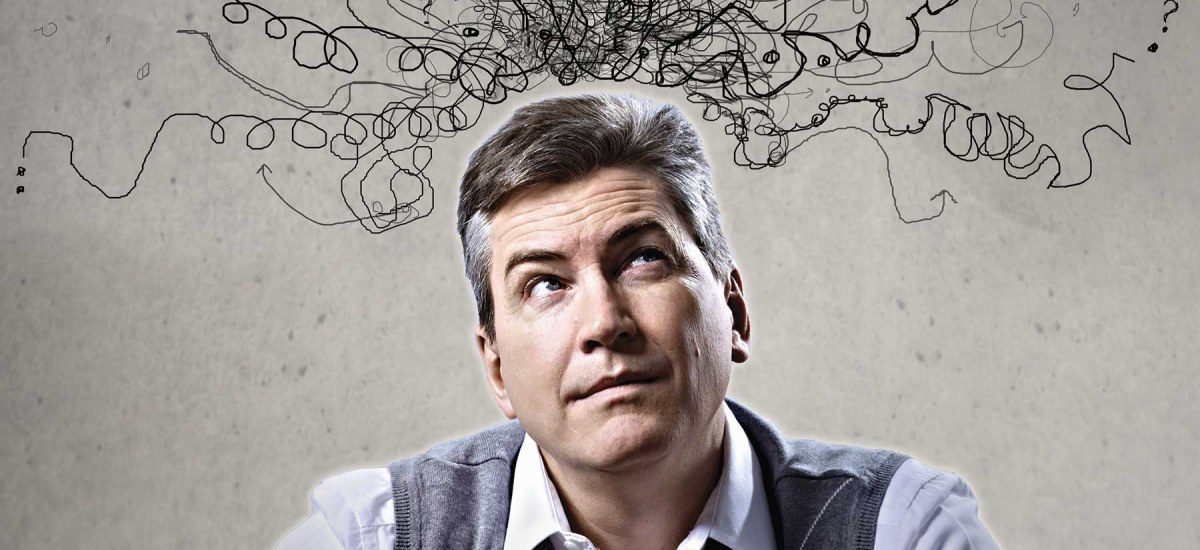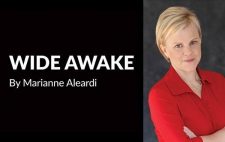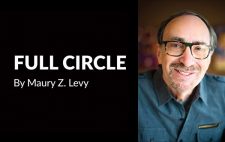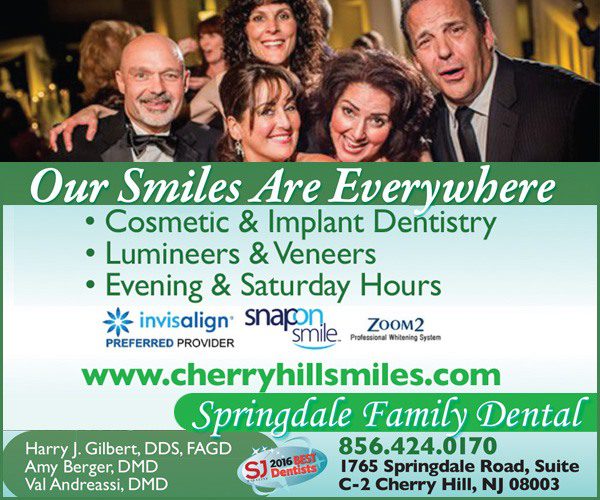For 36-year-old Sonia Cohen, the key to managing her life – and not falling hopelessly behind in almost everything – is her daily dose of Adderall. Typically thought of as a drug for kids, the stimulant is now among the most prescribed medications in the United States for young adults ages 20-39.
Before she was diagnosed with attention deficit hyperactivity disorder (ADHD) during her senior year of college, Cohen fell asleep in almost every class, getting by on book smarts and caffeine. But on the medication in grad school, she achieved a perfect 4.0 – expending far less effort than in the hazy pre-Adderall days.
On the advice of doctors, Cohen went off the amphetamine-based medication through her two pregnancies and while breast-feeding.
“I felt so disorganized,” recalls Cohen, a Cherry Hill resident who was later also diagnosed with narcolepsy, a disorder that causes excessive sleepiness and frequent daytime sleep attacks. Narcolepsy also can be treated with Adderall. “I would fall asleep all the time and felt unable to manage the things other moms were able to do.”
Attention-enhancing drugs – which gained momentum in the 1990s as a means to focus unruly and distracted schoolchildren – aren’t just kids’ stuff anymore. While it has long been recognized that ADHD starts in childhood, it is only within the last five or so years that adults are recognizing their lifelong issues with disorganization could be more than the result of being over-stressed, over-caffeinated and overworked. Therapists did not even recognize that adults could have the disorder until the late 1980s.
That has changed in a big way. In 2012, almost 16 million prescriptions for ADHD medications were written for people ages 20-39, nearly triple the 5.6 million just five years prior, according to IMS Health, a healthcare research firm that tracks prescription data. Not surprisingly, profits for the drug makers, including Adderall creator Shire, have also soared. Sales of ADHD medications in 2012 were nearly $9 billion, more than five times the $1.7 billion a decade earlier, according to IMS.


The rise in prescriptions is attributed in part to the aging of patients put on ADHD medication as children and adolescents who did not grow out of the symptoms. It also correlates to the jump in diagnoses for those seeking help later in life – often when their symptoms outpace their coping skills.
“There is a fairly high percentage of adults who were not identified as having ADHD as children, or even as adolescents, who are now obtaining diagnoses because they’ve hit the wall, either with a high-pressure job or a demanding educational curriculum, such as law school or medical school,” says Andres Pumariega, MD, chair of the department of psychiatry at Cooper University Health Care.
Media attention and aggressive advertising – building greater awareness that the condition doesn’t end with adolescence – are also among the reasons more adults are seeking out diagnoses. While pharmaceutical companies in the 1990s touted improved grades as the main benefit of ADHD medication, more recent promotions play up the potential consequences of untreated ADHD on adults, including divorce and auto accidents. Celebrity spokespeople are also spreading the word. A recent Shire ad, for example, features Maroon 5 front man Adam Levine with the caption “I remember being the kid with ADHD. Truth is, I still have it.” In addition, pop-up ads featuring self-diagnostic ADHD quizzes are on Facebook and other websites.
While the exact cause of ADHD is unknown, it is believed to be an imbalance in neurotransmitters, the chemical messengers that relay signals to the brain, particularly in the frontal cortex areas linked to planning and impulse control. While there seems to be a strong inherited component to the condition, there could be a number of reasons more people are presenting symptoms, including the fact that more adults are delaying parenthood, environmental factors, or complications in pregnancy or at birth, says Pumariega.
A study by the National Institute of Mental Health found that certain parts of the brains of children with ADHD will develop normally, but are delayed about three years in comparison to typical peers. That may be why some seem to outgrow the disorder.
For those with ADHD, medications that increase levels of affected neurotransmitters significantly improve mental clarity and can even result in a sense of calm. Although it is not the only stimulant used to treat the disorder, Adderall is among the most well-known, widely used and also abused, according to experts. The pill’s street name “Addy” and the phrase “popping an Addy” are commonly understood on college campuses and among overworked business professionals.
While it is unknown how many people take the drugs without prescriptions, several studies have estimated as many as 35 percent of college students illicitly take stimulant-based medications to provide a jolt of focus and drive both for fun and during finals and other periods of intense stress. Some adults and adolescents, particularly women, use it as an appetite suppressant, according to experts.
Some obtain the drug from ADHD-diagnosed friends or acquaintances, despite the fact that it is a federal crime to possess the pills without a prescription.
Meanwhile, others falsify symptoms to obtain prescriptions for the medications. One 2010 study in the medical journal “Clinical Neuropsychologist” reported that nearly one-quarter of adults diagnosed with ADHD faked or exaggerated symptoms in order to get the diagnosis and obtain a prescription for one of the drugs used to treat the condition. These efforts are facilitated by a segment of doctors who skip established diagnostic procedures, spending too little time with patients to accurately monitor side effects. Ideally, Pumariega says, mental-health specialists should follow patients closely, initially monthly, when prescribing the medication.
A class-2 controlled substance, Adderall works by increasing levels of the neurotransmitter dopamine, which triggers the brain’s reward system and can produce a mild sense of euphoria for those who don’t need it for medical reasons.
Like any drug, Adderall comes with side effects and potential dangers. Among them, it can lead to dehydration, insomnia and anxiety, and in very rare cases schizophrenia. Since amphetamines work on the body as well as on the brain, it elevates the heart rate and increases blood pressure, which can aggravate pre-existing heart conditions. It is not recommended for people who suffer from psychosis, mood disorders or high blood pressure. Adderall can also be addictive, sharing its high risk of dependency with the likes of cocaine, opium and methamphetamine.
“Obviously the question comes up if people with true ADHD can abuse the stimulants, and the answer tends to be no,” says Pumariega. “For people with ADHD, when they use the stimulant medication properly, it actually reduces their risk for addiction.”
Still, obtaining an accurate diagnosis can prove difficult. There is no blood test or brain scan to diagnose the disorder in adults. Mental health professionals rely on a range of data, including the patient’s history, observations of others as well as self-reported symptoms and mental status testing, including evidence of the impact of ADHD symptoms on their relationships and work or school performance.
To be sure, the symptoms – including restlessness, trouble managing time and money, difficulty getting organized and tackling tedious tasks as well as anger issues – could describe a large swath of adults in South Jersey who are juggling high-stress jobs, family life and what many view as unrealistic societal demands. While some experts charge that too many adults and children are being put on ADHD medications – often by doctors with little experience with the disorder – others say many more people could benefit from such energy enhancers.
Diagnosis is further complicated by the overlap between the symptoms of adult ADHD and other common psychiatric conditions, such as depression, anxiety and substance abuse, experts say.
SJ psychologist Dina Silverman, PhD, says in her previous job as a counselor at Drexel University, graduate and professional students often came for counseling suspecting they had ADHD. They tended to be over-achievers alarmed they were receiving poor grades – sometimes for the first time in their lives.
Neuropsychological testing would ultimately validate some of the students’ self-diagnoses, says Silverman. But for the vast majority, other issues were behind their bad grades. Many were suffering from anxiety, often caused by self-imposed or family expectations that they succeed or from a lack of adequate study skills necessary for high-level classes.
“The jump to graduate school is a pretty significant leap, and a lot of students struggle, especially in the first year,” says Silverman, who would urge these students to seek out cognitive behavioral therapy to help them understand their underlying issues that influence their behavior.
Some young adults may have escaped diagnosis of ADHD at an earlier age because they had strong support from mom, dad and their educators during childhood and adolescence, says Linda Karanzalis, a founding member of South Jersey’s chapter of CHADD, a national nonprofit organization dedicated to educating parents and adults about ADHD.
“What happens is when a kid becomes 18 – the magic number – they’re supposed to suddenly be independent and leave home,” says Karanzalis. “A lot of adults can really be floundering when they no longer have the support. They may be behind three to six years socially and are not in any position to navigate for themselves.”
Among the reasons, she says, is that the young adults don’t actually realize their issues with inattention until it’s glaringly obvious something is wrong.
“They tend to have low active working memory and trouble with auditory processing,” says Karanzalis. “By the time they get the first thing someone says on the job, the person has moved on to something else. There’s a lag time, and the person can end up missing chunks of information. There are a lot of successful people with ADHD, but they’re desperately struggling working day and night just trying to keep all the balls in the air.”
For some, career success is a matter of finding a profession to capitalize on their unique strengths. Top jobs for people with ADHD include police officer, firefighter, emergency-room doctor, artist, entertainer, entrepreneur, construction worker and salesperson, according to healthline.com.
Beyond medication, structured brain exercises can help people with ADHD train their brains, says Karanzalis. “A pill is not a skill.”
Pumariega too strongly suggests medication be combined with some form of cognitive therapy, which he acknowledges is “a tough proposition these days.”
“People often want the quick fix,” he says, “rather than looking for the slow and steady solution.”









